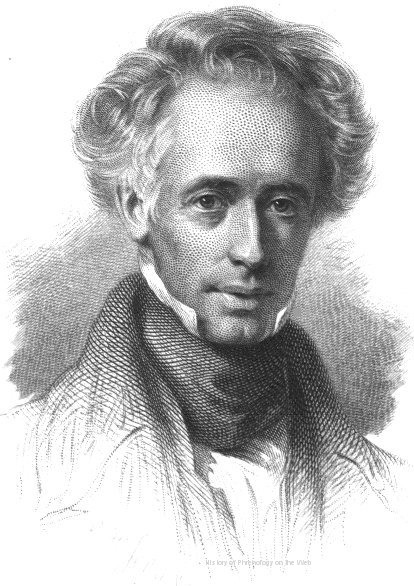
Since the mid-19th century, phrenology has been remembered as a very controversial science. This was even true during the height of phrenology. Today, the ideas behind Phrenology have been absorbed into many other disciplines making some aspects still alive today. The idea of phrenology lived on in other sciences of measuring and comparing human heads- most notoriously the attention to cranial size, forehead shape etc. used by late 19th and early 20th century racial anthropologists to confirm their belief that Europeans were superior to other humans. Phrenology was also used to determine whether or not someone was a criminal. Could you imagine deciding this just by the shape and size of a persons head?
Ironically, most of phrenology's basic premises have been justified. For example, the idea that many functions are localized in the brain is now a common idea There is much research being done on the localization of brain activity. Also, areas of the brain that are more frequently used may become enlarged with use. This is what phrenologists believed to be true. Modern brain imaging techniques, such as functional magnetic resonance imaging (FMRI) make the localization of functions something that we can witness and are not just guessing at. To this day there are still self-appointed experts who work, talk, teach and write on the "scientific" aspects of phrenology. Many of the past phrenologists were not able to pass down the ideas to the next generation because it had been already discredited. Despite the fact that phrenology had been widely discredited, the British Phrenological Society was only disbanded in 1967. ( This information was taken from http://pages.britishlibrary.net/phrenology/overview.htm)
How much was true?
The idea that different areas of the brain are associated with different functions has been tested and supported through today's research. Phrenologists also said that the areas used the most would become enlarged which has also been found to be true. Gall's area for speech and verbal memory was located very closely to today's Broca's and Wernicke's speech areas.
(George Combe [right] and Fraz Joseph Gall [left] below)



I think that this is a very interesting piece. I had never thought of the different ways you could think about the human head. Especially the thought about areas that are used most becoming enlarged. It makes me wonder what parts of my brain do what types of things and then link that to the size of my head in different areas.
ReplyDeleteThanks for this, Brittany. So it seems that while modern science no longer accepts the whole of Combe's argument, some of his claims remain convincing. For example, the claim that "By means of the brain, all mental powers are manifested" is still convincing today (Combe 24). However, the claim that "The outer surface of the head so nearly corresponds with the outer surface of the brain, that the size and form of the latter, are indicated by the size and form of the former" cannot be supported (Combe 24).
ReplyDeleteAlso, what about the 35 affective and intellectual faculties described by phrenology? Would you accept the argument that these are the only innate capacities of your mind? Why would people in 1830s London be more convinced?
And check out the head shapes of phrenology's founders (above)!
I definitely do not agree that the 35 faculties described by phrenology are the only innate capacities of the mind. People in 1830s London might be more convinced of this because of social repression and the religious presence in that time period. I would like to see one of those "mind maps" in Freud's perspective...There would probably be a whole lot less spirituality and much more sexuality.
ReplyDelete